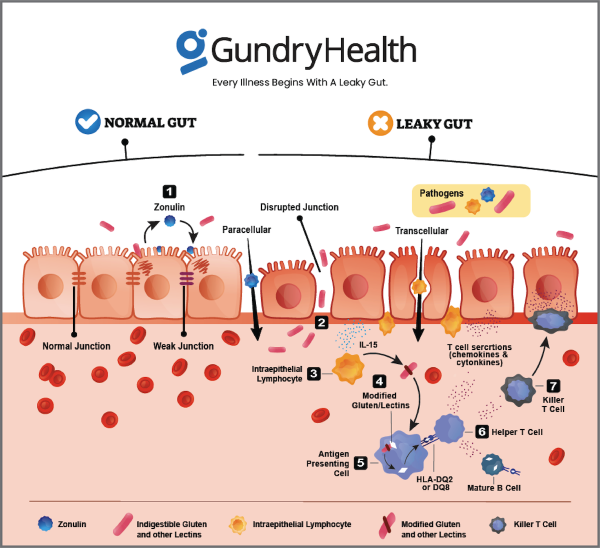Understanding Blood Pressure Readings: What Do They Mean?
To assess if you have high blood pressure, also known as hypertension, it is necessary to have your blood pressure tested. Interpreting the results is crucial for managing high blood pressure effectively.
Ranges for healthy and unhealthy blood pressure:
Familiarize yourself with the normal blood pressure range as recommended by the American Heart Association.
Normal Blood Pressure:
Systolic (upper number): Less than 120 mm Hg
Diastolic (lower number): Less than 80 mm Hg
Elevated Blood Pressure:
Systolic: 120 – 129 mm Hg
Diastolic: Less than 80 mm Hg
High Blood Pressure (Hypertension) Stage 1:
Systolic: 130 – 139 mm Hg
Diastolic: 80 – 89 mm Hg
High Blood Pressure (Hypertension) Stage 2:
Systolic: 140 mm Hg or higher
Diastolic: 90 mm Hg or higher
Hypertensive Crisis (seek immediate medical attention):
Systolic: Higher than 180 mm Hg
Diastolic: Higher than 120 mm Hg
Understanding these ranges will help you monitor and manage your blood pressure effectively. If you have concerns about your blood pressure readings, consult your healthcare provider for further guidance.
Understanding Blood Pressure Categories: What Do They Signify?
Blood pressure readings are categorized into five ranges by the American Heart Association. Familiarize yourself with these categories to gain insights into your blood pressure levels and take appropriate measures for better health.
Normal Blood Pressure:
Blood pressure numbers below 120/80 mm Hg (millimeters of mercury) fall within the normal range. If your results fall into this category, maintaining heart-healthy habits such as a balanced diet and regular exercise is recommended.
Elevated Blood Pressure:
Elevated blood pressure occurs when readings consistently range from 120-129 systolic and less than 80 mm Hg diastolic. Individuals with elevated blood pressure are at risk of developing high blood pressure unless proactive steps are taken to control the condition.
Hypertension Stage 1:
Hypertension Stage 1 is characterized by blood pressure consistently ranging from 130 to 139 systolic or 80 to 89 mm Hg diastolic. At this stage, healthcare professionals may prescribe lifestyle modifications and consider adding blood pressure medication based on your risk of atherosclerotic cardiovascular disease (ASCVD), such as heart attack or stroke.
Hypertension Stage 2:
Hypertension Stage 2 occurs when blood pressure consistently measures 140/90 mm Hg or higher. Healthcare professionals often recommend a combination of blood pressure medications and lifestyle changes to manage this stage of high blood pressure.
Hypertensive Crisis:
The hypertensive crisis stage requires immediate medical attention. If your blood pressure readings suddenly exceed 180/120 mm Hg, wait for five minutes and retest your blood pressure. If the readings remain exceptionally high, contact your healthcare professional without delay. Symptoms of possible organ damage, such as chest pain, shortness of breath, back pain, numbness/weakness, vision changes, or difficulty speaking, also require immediate attention. In such cases, call 911.
Understanding these blood pressure categories empowers you to take proactive measures to maintain your health. If you have concerns about your blood pressure readings or experience any alarming symptoms, seek guidance from a healthcare professional.
Understanding Your Blood Pressure Numbers: What They Signify
When measuring your blood pressure, two numbers are recorded:
Systolic blood pressure (the first number) – This number indicates the pressure exerted by your blood against the walls of your arteries when your heart contracts.
Diastolic blood pressure (the second number) – This number indicates the pressure exerted by your blood against the walls of your arteries while the heart muscle is at rest between contractions.
By comprehending the meaning behind these two numbers, you can gain valuable insights into your blood pressure levels and take appropriate steps to maintain your overall health.
Which Blood Pressure Number Holds More Significance?
When assessing blood pressure, systolic blood pressure (the first number) often receives more emphasis, especially for individuals aged 50 and above, as it serves as a key risk factor for cardiovascular disease. As individuals grow older, systolic blood pressure tends to increase gradually due to factors like arterial stiffness, plaque buildup, and a higher likelihood of heart and vascular diseases.
Nevertheless, both an elevated systolic and an elevated diastolic blood pressure reading can be utilized to diagnose high blood pressure, highlighting their importance in assessing overall cardiovascular health.
Take charge of your health and embark on your journey to wellness with Gundry Health. Today is the perfect day to start.
Are you struggling with autoimmune disease and looking for a revolutionary way to treat it? Look no further than Gundry Health. Our personalized clinical care program integrates Dr. Gundry’s innovative approach to human nutrition with advanced lab and clinical solutions, aiming to improve your health, happiness, and longevity. With over 20 years of experience in treating autoimmune disease, we are dedicated to providing the best possible care for our patients. Whether you need help diagnosing your condition, designing a customized care plan, or receiving ongoing clinical care, our team of care coordinators is here to support you. Experience the Gundry Health difference and take the first step towards a healthier life. Experience the Gundry Health difference and take the first step towards a healthier life. Visit our website to learn more and get started today.







